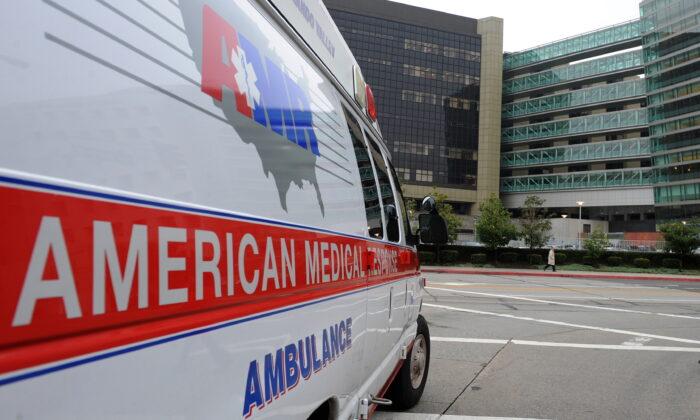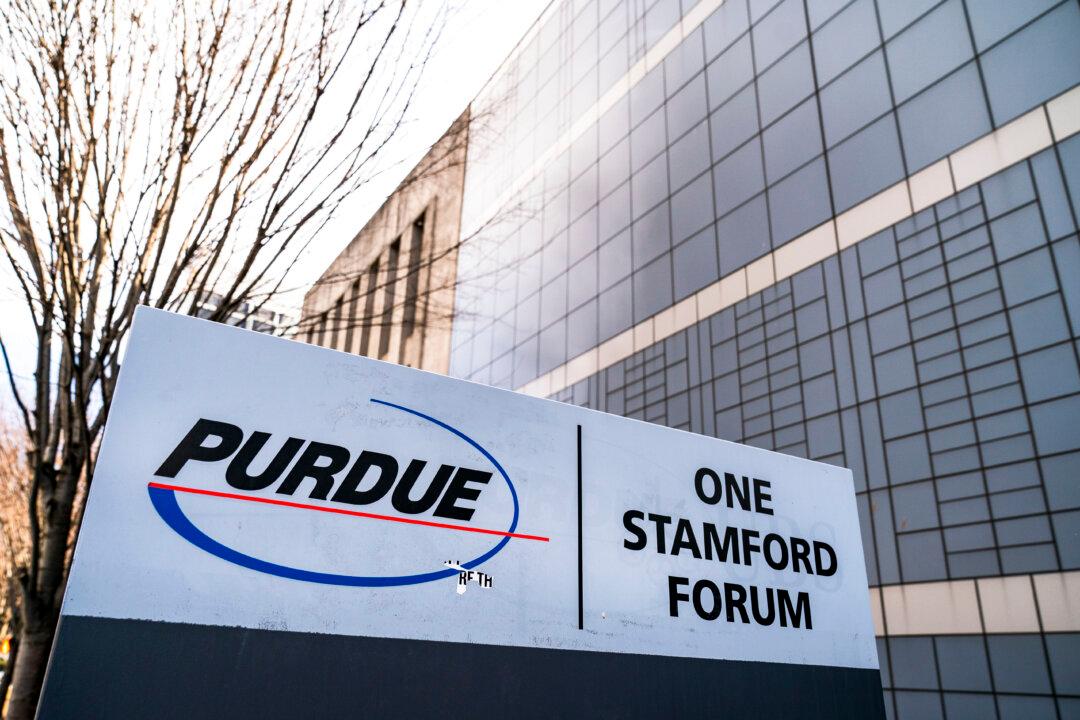Weeks after gunfire damaged two substations that led to widespread outages in Moore County, North Carolina, a federal commission has ordered an Atlanta-based nonprofit corporation to evaluate the physical security of what some have called the “Achilles heel” of North American infrastructure: the Bulk Power System (BPS).
The BPS encompasses four major electric system networks that serve the United States and Canada, divided into Western, Texas, Eastern, and Quebec.
Last week, the Federal Energy Regulatory Commission (FERC) tasked the nonprofit North American Electric Reliability Corporation (NERC) with studying and reporting on the potential upgrades to its Physical Security Reliability Standard, initially approved by the commission in 2014.
FERC and NERC share the responsibility of overseeing the reliability of the BPS.
The Physical Security Reliability Standard requires transmission owners to perform risk assessments on a periodic basis to identify substations that, if damaged, could result in instability.
Considering the recent attacks on substations that have cut power to thousands of customers, FERC said in a December press release that the order “cites the need for continued vigilance against physical threats” to the BPS.
The order directs NERC to submit a report to FERC within 120 days of the order being issued on Dec. 15.
In FERC’s December meeting, Glick said the incidents aren’t occurring at the BPS level but at state substations.
Past Attacks
In February, three men who promoted white supremacist ideology pleaded guilty to crimes related to a plot to attack power grids in the United States, according to the Department of Justice (DOJ).According to court documents, the DOJ said the defendants met in 2019 in a chat room where the idea of attacking a power grid was shared.
Within weeks, the defendants began recruiting others to join their plan, the DOJ said.
As a part of the conspiracy, each defendant was assigned a different region of the United States, with a plan to attack the substations with rifles.
“The defendants believed their plan would cost the government millions of dollars and cause unrest for Americans in the region,” the DOJ said in a news release. “They had conversations about how the possibility of the power being out for many months could cause war, even a race war, and induce the next Great Depression.”
Five substations in Washington and Oregon were reported to have been attacked in November.
The shooting of the Moore County substations is still under investigation.
FERC Commissioner Mark Christie said during a Dec. 15 commission meeting that transformers are on every city block and “vulnerable to a drunk with a gun and an attitude.”
The substations, however, are a “different ballgame,” he said, because the destruction of substations can take out power for thousands of customers.
“I have no doubt ... NERC’s going to come back and say, ‘Upgrade this standard,’” Christie said. “Maybe you require high-definition cameras at all substations or something like that. That’s going to be really costly.”
Christie said there’s $15 billion dollars in the Infrastructure Investment and Jobs Act for grid resilience that could be used to defer some of the inevitable costs.
“It would be great if some of that money in the infrastructure bill could be funneled this way,” Christie said.





